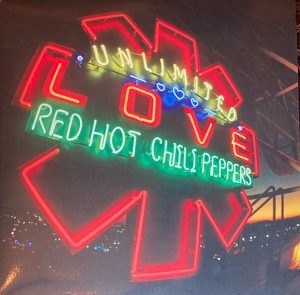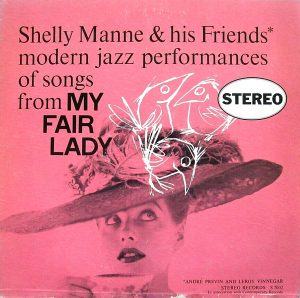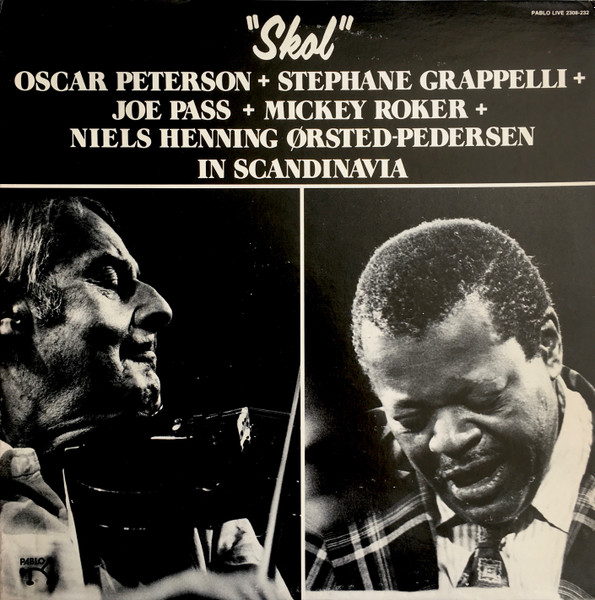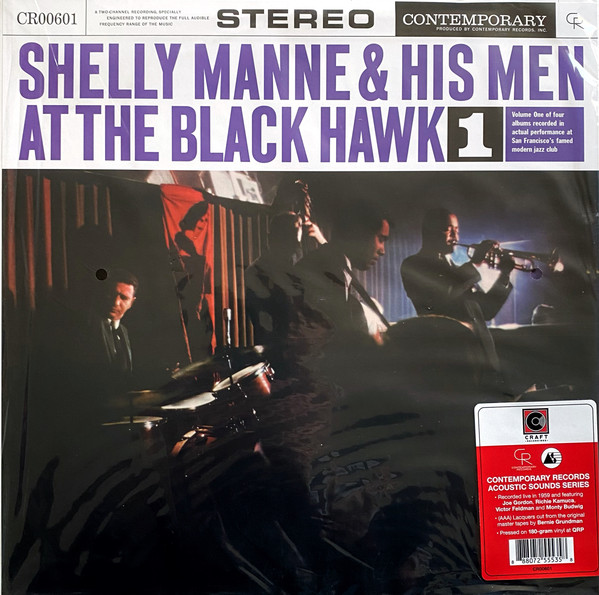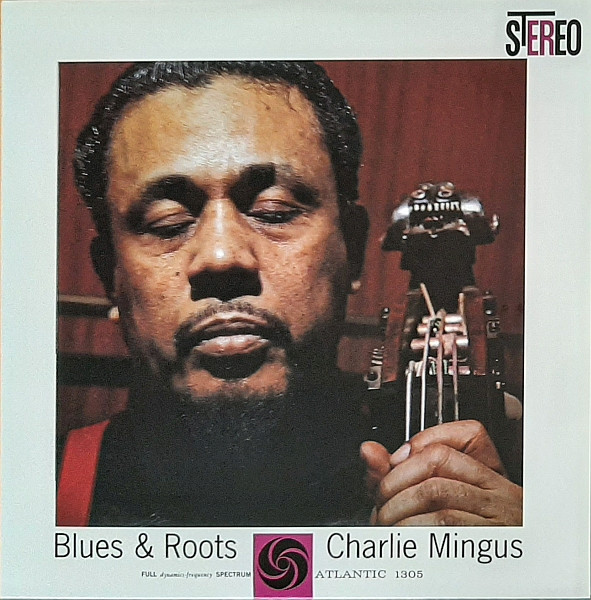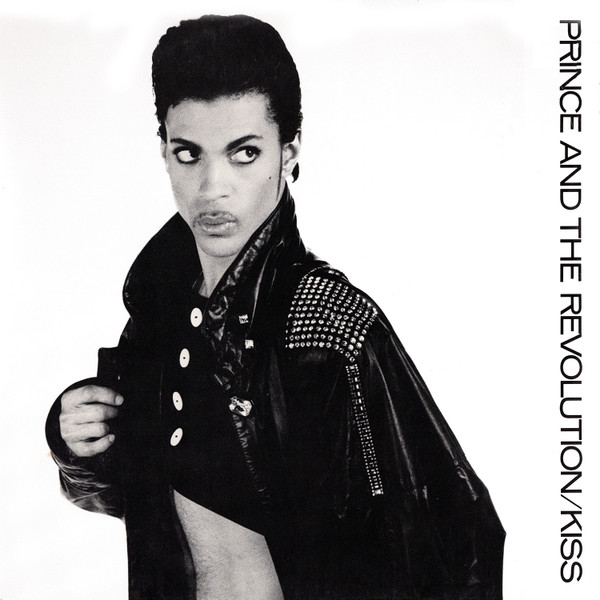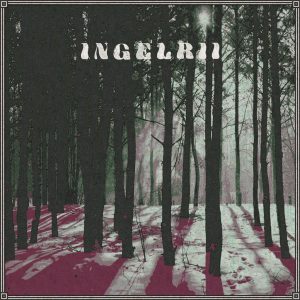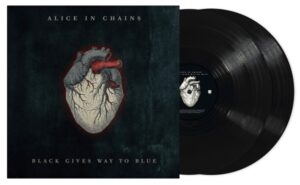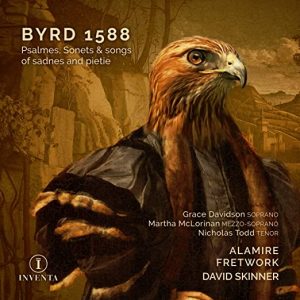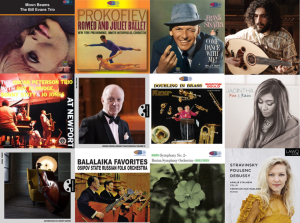This is an ongoing project by Claude Lemaire of Soundevaluations
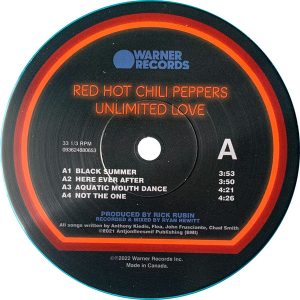
191. Red Hot Chili Peppers, Unlimited Love. Warner Records – 093624874720 – 093624880653 (2022), (2x33 1/3 rpm). Genre: alternative rock, funk rock.
First things first, even though this is the band's twelfth studio album, this is only the third 'Chili Peppers LP in my collection—the other two being 1989's Mother's Milk (EMI USA E1-92152) and their following groundbreaking album, 1991's Blood Sugar Sex Magik (Warner Bros. Records 7599-26681-1, WX 441)—so I cannot fairly assess where this latest release ranks within the whole. What I can confirm is that guitarist John Frusciante and producer extraordinaire Rick Rubin return to the fold; two key figures in the history of the group's sound. Almost anything Rubin touches turns to gold, he has a knack of knowing exactly how to get the best out of a band or artist even when they seem passed their prime or on the verge of making a comeback. He did it with Johnny Cash, Metallica, and Black Sabbath to name a few major acts. I don't believe we can consider the band's previous release The Getaway (Warner Bros. Records 555239-1) to be waning in quality nor in chart success, but I do think that many older fans will welcome these familiar faces back on the scene. Like the vinyl version of BSSM, Unlimited Love is spread out on four sides cut at 33 1/3 rpm. It opens with the very melodic "Black Summer" where we recognize the band's signature style through chord choices and progressions, the energy slowly building up towards the coda. "Here Ever After" follows with a style reminiscent of early-1980s alternative fare with emphasis on the drums. The super-syncopated "Aquatic Mouth Dance" and "She's a Lover" sound soulfully slick. "These Are the Ways" rocks hard and heavy, recalling Soundgarden and The Who at times. The relaxed atmosphere of "Not the One" hints at Pink Floyd circa DSOTM. I'll let you discover the remainder. Ryan Hewitt recorded at Shangri-La in Malibu, CA, and mixed the tracks at Eastwest Studios in Hollywood, CA; all analog from the API console to the ATR-102 tape deck, doing an amazing job of keeping the compression and limiting very low, and getting all the instruments at the right level with nice warm textures—the guitars in particular are quite exquisite, with the rounder bass and elastic drum kit complementing it to a T. Bernie Grundman also contributed to the wonderful warm organic tonal balance and almost soft treble—I kept thinking this sounds exactly like a typical Kevin Gray rock remastering—in contrast to certain past rock reissues which sometimes suffered for lack of a better term, Bernie byte. There are multiple vinyl versions. My copy was the black vinyl pressed at Precision Record Pressing in Burlington, Ontario, Canada. Musically, Unlimited Love may not be up to the level of BSSM, but sonically it solidly surpasses it where the latter is more compressed and edgy, typical of early 1990s DMM cutting.
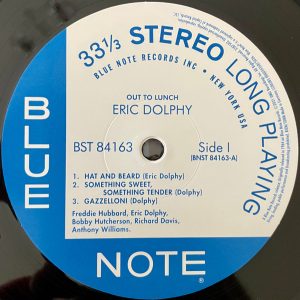
192. Eric Dolphy, Out to Lunch!. Blue Note – BST-84163 (1964), Blue Note Classic Vinyl Series UMe – 3587502 (2021), 33 1/3 rpm. Genre: avant-garde jazz, free jazz, third stream.
If you have a healthy appetite for great diverse music, you need look no further. Recorded February 1964 and released in August–two months after his untimely death at age 36 from undiagnosed diabetic complications—Out to Lunch! is not only Dolphy's masterpiece but one of the most accomplished albums in the avant-garde circle, coalescing free jazz with third stream sonorities. The latter, a beautiful blend of controlled dissonance, odd measures, and tight musical precision provided by a quintet par excellence: Dolphy alternates between alto sax, flute, and bass clarinet, Freddie Hubbard is on trumpet, Bobby Hutcherson on vibraphone, Richard Davis on bass, and Anthony—future Tony—Williams is on drums. All five tracks are Dolphy compositions starting with the spy-moviesque "Hat and Beard," with its 9/4 time signature. Riding a scale staccato rhythm pattern and riff of bass plus ride cymbal, then bass clarinet follows, vibraphone, and finally trumpet. Then at 1:30 in the track, things veer into total freedom until the 3 minute mark, where a new groove locks in with Hubbard having fun exploring the terrain. Pass the 5 minute mark, mallets take over and Davis' bass goes from plucking to bowing, snare brushes add percussive strokes, the finale reverting to the intro riff, resulting in a full circle. Technically this is probably RVG's best recording. Every instrument is convincingly captured and the images within the soundstage are impressively pinpoint. The timbres of the vibraphone and drums are incredible. Kevin Gray outdid himself on this remastering and cutting. The tonal balance is spot on and transparent throughout the entire album. It is so killer good that I could have been fooled for thinking this was a Tone Poet RTI pressed release whereas it is simply a "Classic Series" pressed in Europe, which I almost always find a bit inferior-sounding, especially in the treble refinement vs the American RTI pressings. Of course the visual aspects are not in the same league which is normal for the lower retail price.
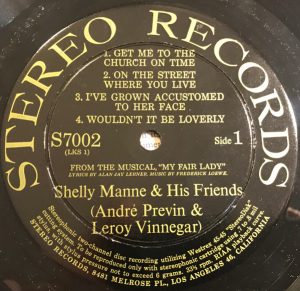
193. Shelly Manne & His Friends, modern jazz performances of songs from My Fair Lady. Contemporary Records – S 7527, Stereo Records – S7002 (1958), 33 1/3 rpm. Genre: cool jazz, West Coast jazz.
Originally recorded in August 1956, and first released in mono only in October, it took two years or so before this LP could be cut in stereo and released to the public both on the beautiful black and gold Contemporary and Stereo Records' labels. Based on the 1956 musical Broadway production My Fair Lady, West Coast jazz' preeminent drummer Shelly Manne is indeed surrounded by fine friends with Leroy Vinnegar on bass and André Previn on piano—one of the rare musical artist equally adept in jazz, classical, and film scores. The jazz adaptations of Broadway tunes were a novel idea for the period, and its strong sales success prompted record labels to repeat the winning formula many times in the following years. The eight-track album includes such well known hits as "Get Me to the Church on Time," "I've Grown Accustomed to Her Face," "Wouldn't it Be Loverly," and of course "I Could Have Danced All Night." What at first thought may have seemed like a strange proposal by producer Lester Koenig, actually turned out to be an excellent jazz album featuring great trio interplay in the hands of such masters. This is one of the very first jazz sessions to be recorded in stereo, and as always is the case, engineer Roy DuNann nailed the sonic recipe in their Los Angeles based locale with great wide separation—musicians are hard-panned—full solid bass tone, realistic piano weight and force, and intimate drum strokes.

194. Shelly Manne & His Men. Play Peter Gunn. Stereo Records – S7025 (1959), 33 1/3 rpm. Genre: cool jazz, West Coast jazz, hard bop.
With at least four albums as leader separating this release from the previous selection, 'Peter Gunn' showcases Shelly surrounded by some new friends—with Russ Freeman replacing Previn and Monty Budwig in lieu of Vinnegar, in addition to Herb Geller on alto sax, Conti Candoli on trumpet, and Victor Feldman on vibraphone and marimba. All the tracks were composed and arranged by Henri Mancini who had recorded and released for RCA Victor pretty much the same tracks just a few months earlier as part of the soundtrack to the popular TV series. Naturally the opening track is the popular "Peter Gunn" theme, which The B-52's recycled the riff on their huge hit "Planet Claire" from their debut LP in July 1979, and that prog giants ELP reprised live later that November. Every track is interesting, many following the cool cat vibe, while a few definitely lean more towards a hotter hard bop stance, the likes you'd find on a typical Blue Note LP. The pairing of piano and vibraphone or marimba on some tracks lends an original touch. Trumpetist Candoli did not ring a bell with me, but a quick web search shows that apart from leading on several albums starting in the mid-1950s, he has an impressive resume as a sideman just as well. Engineer Roy DuNann delivers the goods as usual on these stereo sessions dating from January 1959 at Contemporary Records Studio in Los Angeles, California.
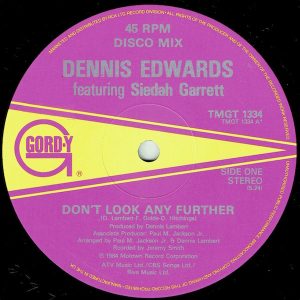
195. Dennis Edwards, "Don't Look Any Further." Gordy – TMGT 1334 (UK) (1984), 12", 45 rpm. Genre: downtempo soul, funky groove.
Lead singer for The Temptations from 1968 to 1976, Edwards had a short-lived "career comeback" in April 1984 with the downtempo soul single "Don't Look Any Further" featuring the famous infectious funky bass line by Nathan East that was sampled three years later for Eric B. & Rakim's "Paid in Full" and catapulted thanks to the incredible Coldcut remix (4th & Broadway 12 BRW 78). His vocals are very soulful and are accompanied by singer Siedah Garrett. Dennis Lambert and Paul M. Jackson Jr. kept the production quite pure, putting the groovy bass line up front and center in the mix, supported by John Robinson's steady looped drum beat. Jeremy Smith recorded at Soundcastle in Santa Monica, CA, as well as The Music Grinder Studios in Hollywood, CA, and mixed at Motown/Hitsville U.S.A. Recording Studios. This UK maxi-single mastered at The Penthouse—part of the Abbey Road studio complex in London—displays an impressively vast, wide, and deep soundstage with clean crisp articulate bass and top end openness, plus vibrant vocals in the middle. All in all, a breath of fresh air considering the period, which was quickly headed towards a sonic decline by 1984 due largely to higher compression levels throughout the industry.
For more from Claude Lemaire go to his blog...
http://soundevaluations.blogspot.ca/




